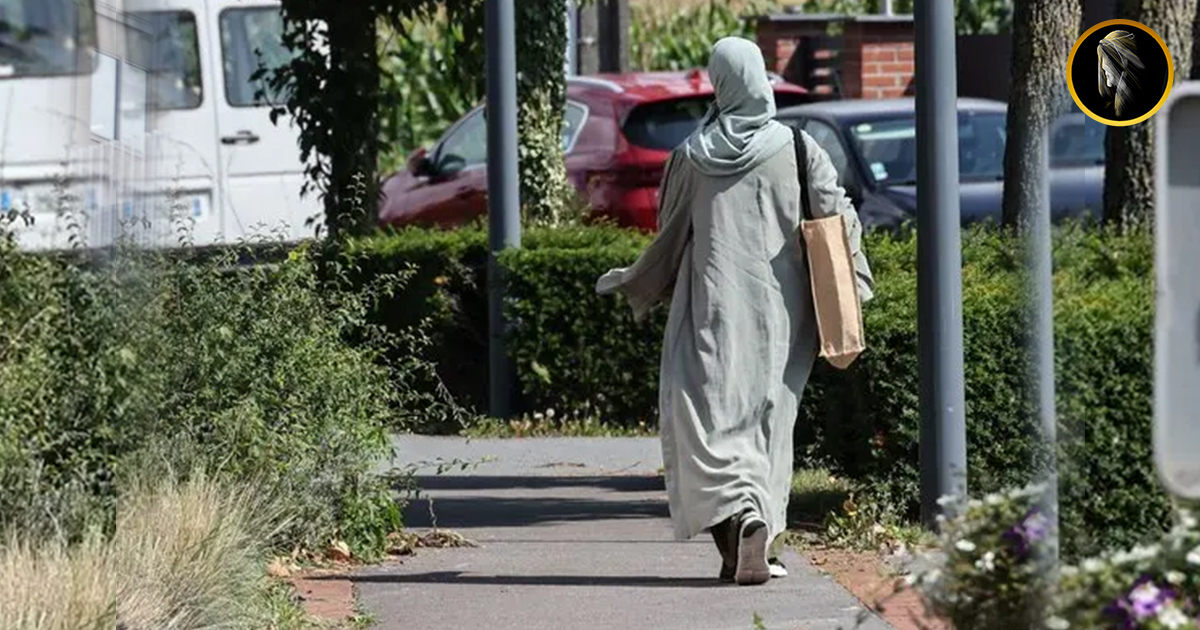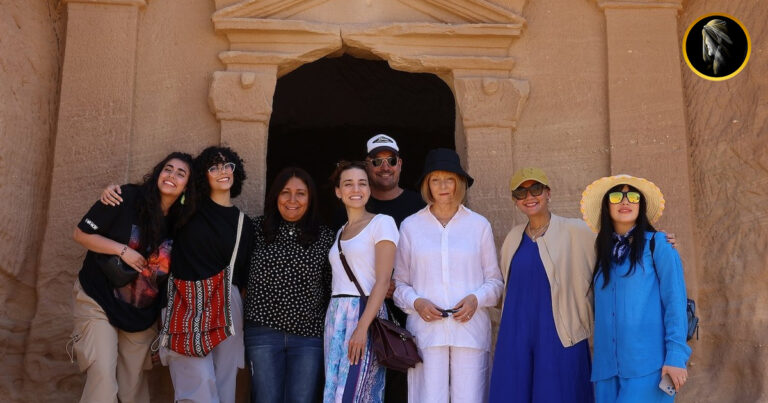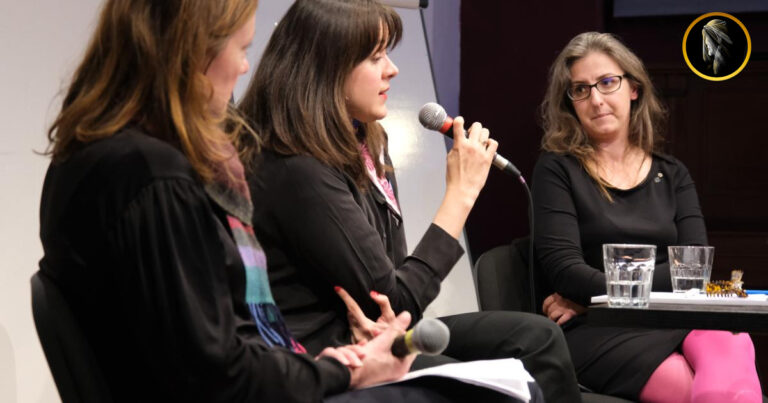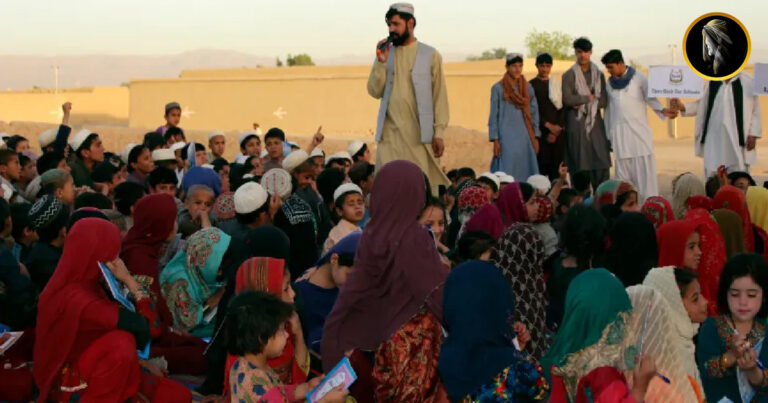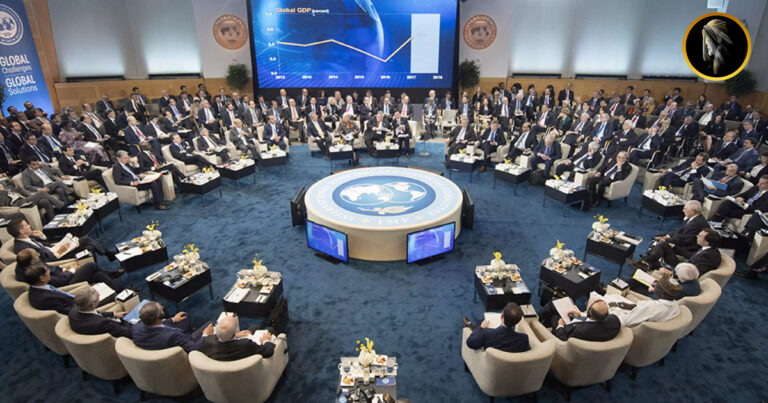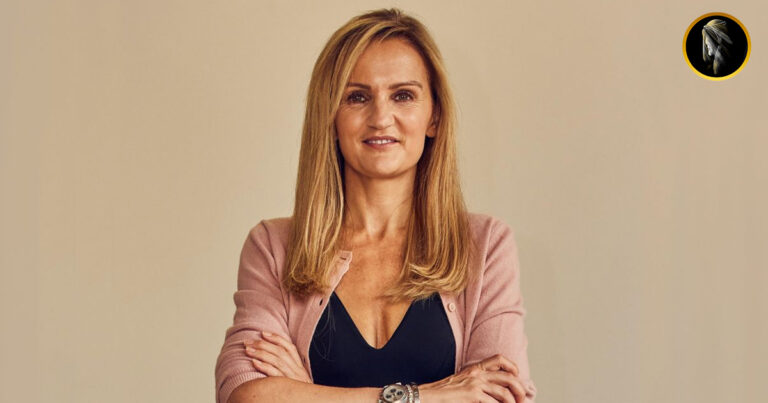In France, the back-to-school season, known as the “rentrée,” often brings renewed social conflicts. This year is no exception, as a new battle has erupted over how Muslim women should dress.
The controversy began when Gabriel Attal, the newly appointed education minister, declared that the abaya, a loose-fitting full-length robe worn by some Muslim students, could no longer be worn in public middle and high schools. This decision sparked protests from organizations representing France’s Muslim minority, and some girls started wearing alternative long garments like kimonos to school in protest.
The French government’s stance is rooted in the belief that education should promote a shared commitment to French citizenship and secularism, where religious or ethnic identity should not be distinguishable among students.
France has a history of controversy over the wearing of religious symbols in schools. In 2004, a law was passed banning “ostentatious” religious symbols in middle and high schools. However, the interpretation of what is “ostentatious” has been a contentious issue, with many seeing it as disproportionately targeting Muslim attire.
In recent years, the principle of laïcité, which advocates for a secular society where the state maintains strict religious neutrality, has become more rigid and contested in France. It has been embraced by the political right as a defense against perceived threats, particularly from Islam.
While some view laïcité as a core principle of equal opportunity and a colorblind nation, others see it as hypocritical, given the challenges faced by marginalized communities, particularly in the suburbs with large Muslim populations.
The issue remains highly polarizing in French society, with some arguing that laïcité should promote freedom and equality for all, while others believe it should be used to silence or marginalize people.
The political implications of this controversy are yet to be fully realized, but it has underscored the divisions within French society over secularism and identity.


